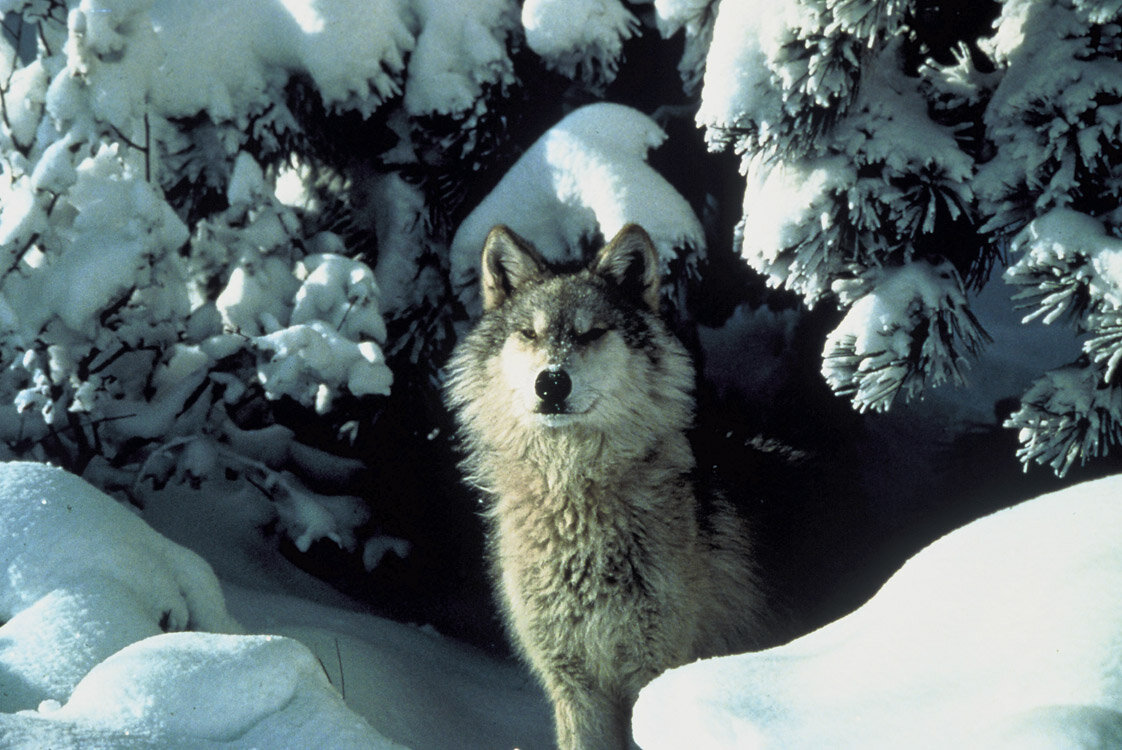Gray wolves removed from Endangered Species List
Pictured: Gray wolf: No longer endangered (officially), still embattled. Photo by Tracy Brooks/Mission Wolf/USFWS
By Chuck Thompson. January 6, 2021, Originally Published by Columbia Insight and Republished on CCC News on January 19th, 2021.
On Monday, the U.S. Fish and Wildlife Service formally removed gray wolves in the Lower 48 states from the Endangered Species List. The decision was originally announced by the U.S. Department of Interior in October, which then said, “the Trump Administration and its many conservation partners are announcing the successful recovery of the gray wolf.”
Several conservation groups have since vowed to challenge the ruling.
“This is no ‘Mission Accomplished’ moment for wolf recovery,” said Kristen Boyles, an attorney with San Francisco-based Earthjustice. “Wolves are only starting to get a toehold in places like Northern California and the Pacific Northwest. … This delisting decision is what happens when bad science drives bad policy—and it’s illegal, so we will see them in court.”
This week’s formal implementation of the decision turns management of gray wolves over to state fish and wildlife agencies including those in the Columbia River Basin.
How many wolves in Columbia River Basin?
There is an estimated 6,000-plus gray wolves in the Lower 48 states.
According to the 2019 minimum wolf count, there are 158 known wolves in Oregon. These include 17 wolves in three packs in the state’s West Wolf Management Zone, and 141 wolves in 19 packs in the East Wolf Management Zone.
In Washington, the population of gray wolves is estimated at 145 in 26 packs, with 21 of those packs located in the eastern third of the state.
In early 2020, Idaho’s estimated wolf population stood at about 1,000 animals.
According to an Oregon Department of Fish and Wildlife press release, the major change from federal delisting is that under the state’s Wolf Plan, lethal control could be allowed in situations of chronic livestock depredation when non-lethal measures have been unsuccessful at eliminating conflict. Wolves are protected throughout the state. Hunting and trapping of wolves remains prohibited statewide.
“We thank all landowners in areas with wolves for going the extra mile to implement non-lethal measures over the past few years,” said Curt Melcher, ODFW director. “We know that regardless of whether or not you lose livestock to wolves, their presence requires changes to your business practices, and we thank you for taking these steps to reduce conflicts with wolves.”
In June 2020, the Washington Department of Fish and Wildlife said it was “currently developing a post-recovery plan to guide long-term conservation and management once wolves are delisted at both the state and federal levels.”
In 2020, the Idaho Fish and Game Commission opened more areas to wolf hunting and trapping and extended seasons for both activities.

